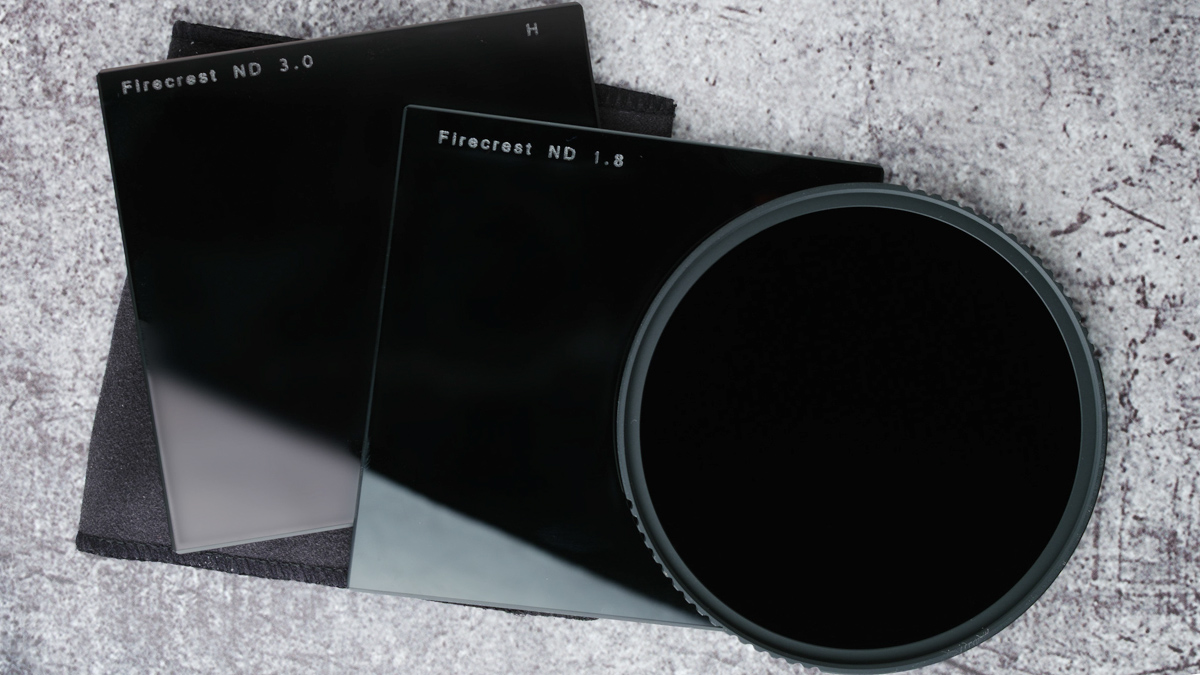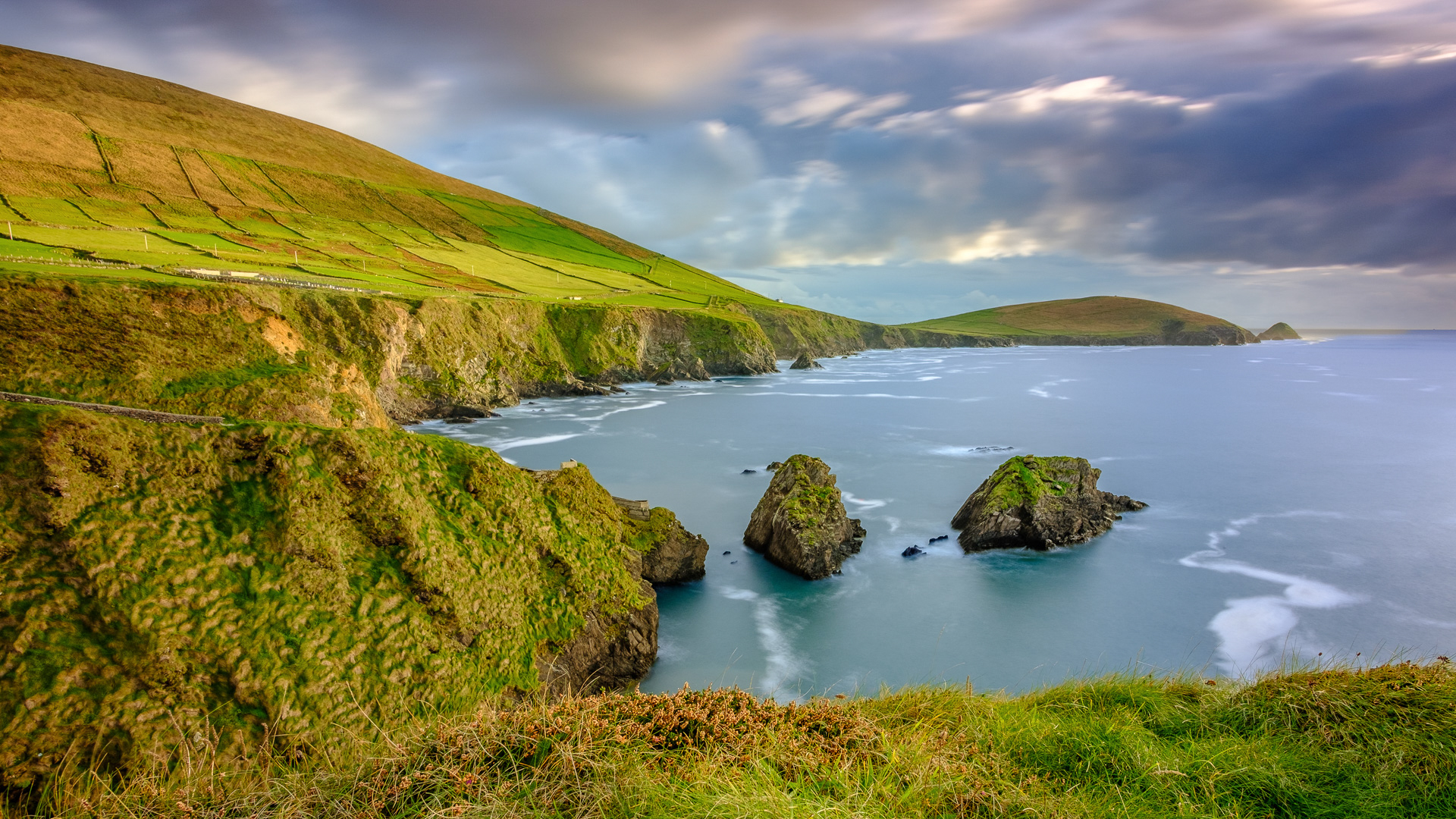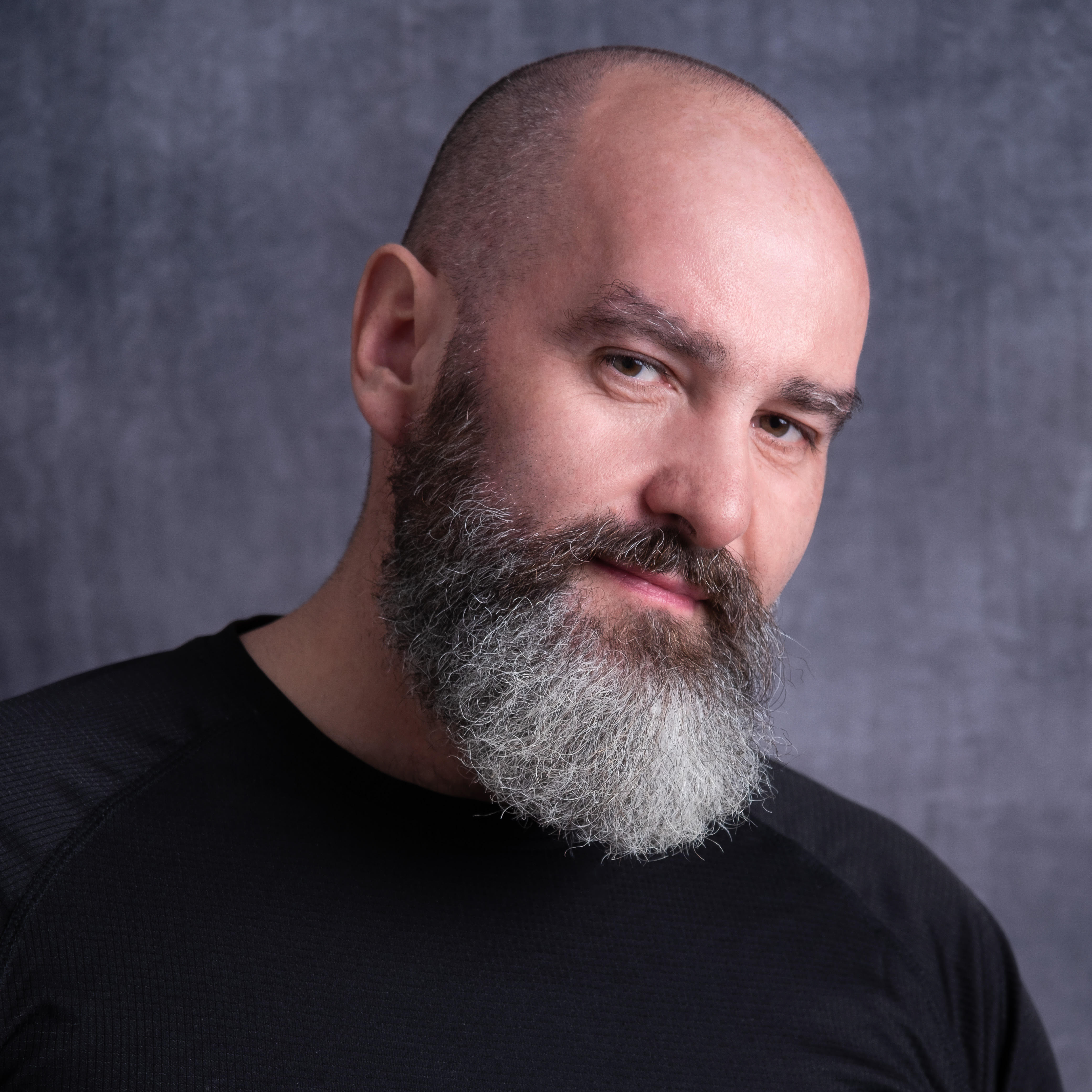"You're not hunting for the decisive moment anymore – you're letting time itself become part of your composition"
Find joy in long-exposure photography by being patient with 10x and 6x filters

We live in an instant world. Smartphone cameras fire off shots in milliseconds, while burst mode captures dozens (sometimes hundreds) of frames per second. We can share images globally with our phones editing our photos automatically. Everything's fast, everything's now, everything's immediate.
Long-exposure photography is a different ballgame. It says "Whoa, hold on a minute." Actually, hold on for several minutes.
When you screw a 10-stop neutral density filter onto your lens, you're not just changing your camera settings – you're changing your entire relationship with time. That shot you'd normally capture at 1/60 sec? Now it takes four minutes. Suddenly, photography becomes meditation.
I love this forced stillness. There's something magical about setting up your tripod, composing your shot, attaching that dark glass and then… stopping.
You can't check the back of your camera to see how it's going. You can't chimp your histogram. You just have to stand there and wait, watching the world move while you remain still. You don’t want to accidentally bump your tripod – I speak from experience.
The technical side is beautifully simple. A 6-stop ND filter turns gentle movement into flowing silk – perfect for softening choppy water or creating cloud movement.
A 10-stop filter transforms the world completely, turning even the choppiest seas into glass mirrors and racing clouds into painted streaks across the sky. Each stop doubles your exposure time, so the math is straightforward enough.
The best camera deals, reviews, product advice, and unmissable photography news, direct to your inbox!
But here's where it gets really interesting: bright sunny days when even 10 stops isn't enough. Stack that 6-stop filter on top of your 10-stop, and you've got 16 stops of darkness. Now you're looking at 20-minute exposures in broad daylight – 20 minutes of standing beside your camera, doing absolutely nothing except watching and waiting.
Those 20 minutes change you. You start to notice things – how the light shifts almost imperceptibly, how the wind has a rhythm, how the waves have their own pattern. You're not hunting for the decisive moment any more; you're letting time itself become part of your composition.
I've stood on beaches, watching families arrive, play and leave while my camera silently recorded their absence. The bustling seaside scene becomes an empty zen garden, all human activity erased by time. It's photography as alchemy – transforming chaos into calm through nothing more than patience.
The anticipation builds as your timer counts down. You have no idea what you've captured until it's done. When you finally lift those filters and see the preview on your LCD, there's often a moment of genuine surprise.
Water that was crashing and wild now looks like brushed steel. Clouds that were racing overhead have become elegant brushstrokes across the sky. You've created something your eyes never actually saw.
This isn't just about technique, it's about slowing down in a world obsessed with speed. Long-exposure photography teaches you that some of the best images can't be rushed, can't be forced, can't be grabbed quickly between other things.
They require patience, trust in the process and sometimes acceptance that you didn’t quite make the right choices the first time.
Every photographer should try it, even if it goes against every modern instinct. Set up your tripod, attach your filters and learn to wait. Stand still for those minutes and discover what patience can create. The world moves around you, time flows through your camera and you capture something that exists only in the marriage of time and light.
Sometimes the best photographs are the ones that take time. In our rush to capture everything instantly, we might be missing the magic that only patience can reveal.
You might also like…
Take a look at the best camera filters, from the best ND filters to the best ND grad filters to the best variable ND filters and the best polarizing filters.
Sean McCormack is a commercial, and editorial photographer, book author, and regular contributor to Digital Camera magazine based in Galway, Ireland. He has extensive experience with Lightroom, dating back to its original beta version, and has tried out just about every plugin and preset available. His latest book is Essential Development 3: 25 Tips for Lightroom Classic’s Develop Module.
You must confirm your public display name before commenting
Please logout and then login again, you will then be prompted to enter your display name.


